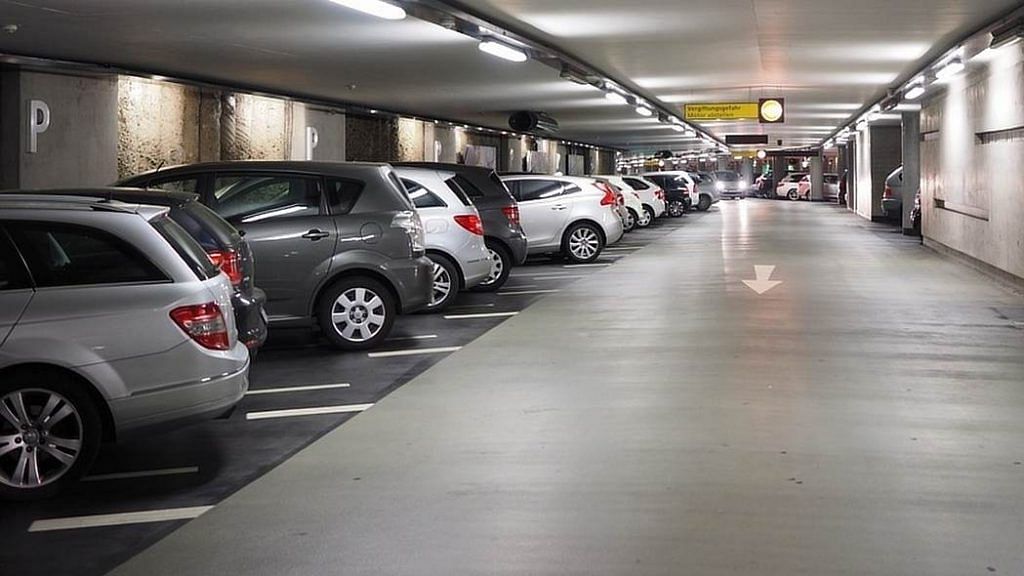New Delhi: Serving and retired military personnel are upset over the newly-introduced price cap for armed forces personnel purchasing vehicles from the subsidised Canteen Stores Department (CSD), with many seeing this as “ill treatment”.
Coupled with other lingering issues like the Non-Functional Upgrade, anomalies in the 7th Central Pay Commission, and, of course, the opening up of cantonment roads for general traffic, the new order has led to many social media jokes and memes directed at the military brass.
According to a letter issued by the Quartermaster General’s Branch at Army Headquarters on 24 May, starting from 1 June, only vehicles with an engine capacity of up to 2,500 CC and costing up to Rs 12 lakh (excluding GST) would be available through CSD for armed forces personnel in the pay level of 10-18.
So far, there was no limit on the capacity or price of vehicles that could be purchased through the CSD.
The frequency of purchase has also been reduced to one vehicle in eight years. Until the new rules kick in, the frequency stands at once in four years.
Those in the pay level of 3A to 9 can purchase vehicles with a capacity of up to 1,400 CC that cost within Rs 5 lakh. The purchases can be made once during service and once after retirement, with the gap being eight years.
Military personnel along with civilians working in the defence establishment get an exemption from GST on the value of the car in addition to the regular cash benefits.
Veterans demand rollback
The Indian Ex-Servicemen Movement (IESM), which is leading the campaign for One Rank, One Pension (OROP) and is one of the biggest groups of former servicemen, has written to the Army headquarters, calling for a rollback.
“The MHA (Ministry of Home Affairs) has put no such restriction on CPOs (Central Police Organisation) for the purchase of car [sic],” the IESM has written in its letter. “Defence Personnel feel that they are being degraded, downgraded and ill-treated as compared even to the CPOs in their socio-economic status.”
It added that the new policy is against the terms and conditions of service.
“The customers are paying cost of the vehicle before delivery, then what is the need of funds. CSD neither purchases cars nor stocks cars like grocery items,” it said.
“Implementation of new policy will adversely affect the moral [sic] of defence personnel as well as their efficiency since you are withdrawing the facility already granted to then,” the IESM added.
Brewing resentment
The new policy has led to lot of resentment in the armed forces, especially among the youngsters.
Intensifying the jokes and discussions against the rule within the military fraternity is the fact that outgoing Indian Navy chief Admiral Sunil Lanba recently bought a brand new Jeep Compass.
The engine capacity of Jeep Compass ranges between 1368 cc (petrol) to 1956 cc (diesel), with the SUV commanding a market price of over Rs 15 lakh.
Military officials, especially the younger ones, generally like to drive SUVs, and one message doing the rounds on various military WhatsApp groups is that only vehicles from the Indian carmaker Mahindra would now make the cut.
The letter written by the veterans’ group also dwells on this, noting that, with the current financial status, earnings and aspirations, officers looked to buy cars in the range of Rs 15 to 20 lakh. The policy caters to this range as of now as the GST rate is 28 per cent.
“However, apart from annual increases in price every year and with the coming of BS (VI) engine in April next year the prices are going to increase. Vehicles like XUV 500, Jeep Compass, TATA Hexa, TATA Harrier which are the preferred vehicle, will become out of reach because of the price limit given in the policy,” the letter said.
Speaking to ThePrint, a young officer said, “There are only a few things that the uniform gives us besides the joy of serving the nation. Why take away such small facilities being extended to us?”
Major General Satbir Singh (Retd) said he worried for the future of the Indian Army with such facilities being taken away.
“We are trying to attract more and more young men to the armed forces. But if we continue to downgrade, degrade and ill-treat the uniform, why would anyone join?” he added.
Also read: Army chief’s proposal an attempt to cut expenses or diversion from real issues?
Budget concerns
In a report about the new order, news agency ANI pointed out that buying a car from canteens run by CSD allows defence personnel to save at least Rs 75,000.
Last year, CSD sold cars worth Rs 6,000 crore. But, according to the report, the heavy volume of transactions resulted in a carryover liability of Rs 4,500 crore to car manufacturers.
With the new restrictions, the Indian armed forces are aiming to control the expenditure of the CSD canteen in order to prevent the budget from being overshot.
Every year, Parliament sanctions almost Rs 17,000 crore to CSD, which negotiates prices for the products it sells and then claims a 50 per cent GST rebate on the reduced prices from the government.
While CSD canteens generate a profit of Rs 500 crore, the 50 per cent GST rebate is often seen as a loss to the exchequer by finance authorities, ANI quoted an unnamed Indian Army official as saying.
“From 2008, purchase of cars through CSD has also being extended to other ranks, which has resulted in major portion of CSD budget getting directed towards cars and other high value AFD (against firm demand, products like TVs, ACs) items,” the 24 May order read.
“In order to regulate and balance the budget of the CSD, it has been decided to restrict the expenditure on purchase of cars…” it added.
Also read: Narendra Modi govt wants a strong military, but its defence budget can’t guarantee that
